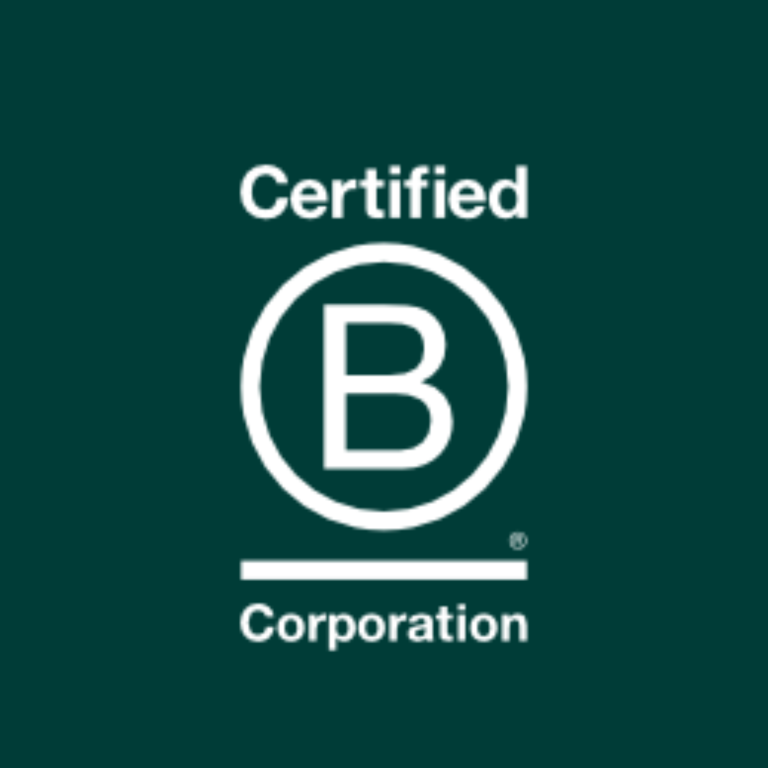
Testing with Purpose: Why test preparation can unlock project success
In the fast-paced world of insurance, ensuring that every system and process works flawlessly is not just a goal it’s a necessity. Enter the realm of test management, a critical component that guarantees the integrity and reliability of your systems. However, we have all been involved in projects where testing has either been an afterthought, not completed to the required standard, shortened to get the project in on time or just managed poorly. All of which compromise the quality of the deliverable, the reputation of the change team and the confidence of the wider the business.
It is important to note that testing is not simply the discovery and removal of defects – it is the process that assures users that the quality is correct.
Test management brings significant benefit to IT Projects:
- Visibility – every test requirement and test script is linked to a corresponding piece of documentation
- Auditable – every action is recorded (details such as date / time / user ID etc)
- Project is protected – can show what has been done, by whom, why, and when
- Can show that the required system has been delivered
- The process is repeatable
- Everything is version-controlled – amendments are easy to make, and nothing is lost
- Nothing exists outside the test process – no changes based on emails or rumour
- Transparency – the process is open to everyone
- Inclusive defect management process
In order to leverage the benefits of testing there are 4 key steps that must be considered:
Documentation
Adequate documentation is critical to any test framework. It provides the foundation of the requirements of what the system must look like, how it must behave, and well as recording the test content, and including reporting the test outcome. It is essential that development is only conducted against signed-off documentation – not only so that superfluous tests are not created and defects are unnecessarily raised, but also that the system is built to the specification and requirements requested. Superfluous tests and defects take time to resolve, which equates to additional, unnecessary project time.
Defect Management – Plan for them, they will be there!
A clear and agreed upon process for defect management / triage should be set out by the test manager in the initial stages of the project. The triage process is where a raised defect is assessed for validity. Essentially, triage is the arbitration point between the defect originator and the resolvers. In any defect management process discipline is essential, and all defects must be raised and recorded in the same way, with the same process. Any defects raised outside of the agreed process do not exist, in terms of being in the defect management process, should not (and cannot) be dealt with.
Quality Gate
Quality Gates, where a release is measured against clearly defined entry and exit criteria are a key part of the test management process. These are put in place to ensureo ne test phase cannot commence until its predecessor has completed to the required standard. These also provide an audit feature to ensure all the relevant criteria have been met and can be referenced at any point.
Test Phases
There are many possible test phases in a software development process, the entry and exit of each phase is determined by the pre agreed Quality Gates. The typical ones that are required as a minimum in any test process to ensure a successful end product are as follows:
- Static Testing
- System / Integration Testing
- User Acceptance Testing
- Non-Functional Testing
- Field / Operational Acceptance Testing
From discovering defects to ensuring compliance with business requirements, effective test management is the backbone of successful IT change projects. A good test process can be likened to successful decorating, in that 80% of the effort is in the set-up. Once everything has been thoroughly prepared, then the exciting bit can happen – whether that be wallpapering or running test scripts. One thing is for certain, in both cases if the preparation is not done properly, the outcome will be sub-standard and require a significant amount of time, money and effort to rectify.
At GreenKite, we believe that quality isn’t a phase, it’s a mindset. Whether you’re building a new platform or refining existing systems, our team helps you embed robust, auditable, and repeatable test processes from day one. Let’s talk about how GreenKite can support your next transformation project with confidence and clarity.





